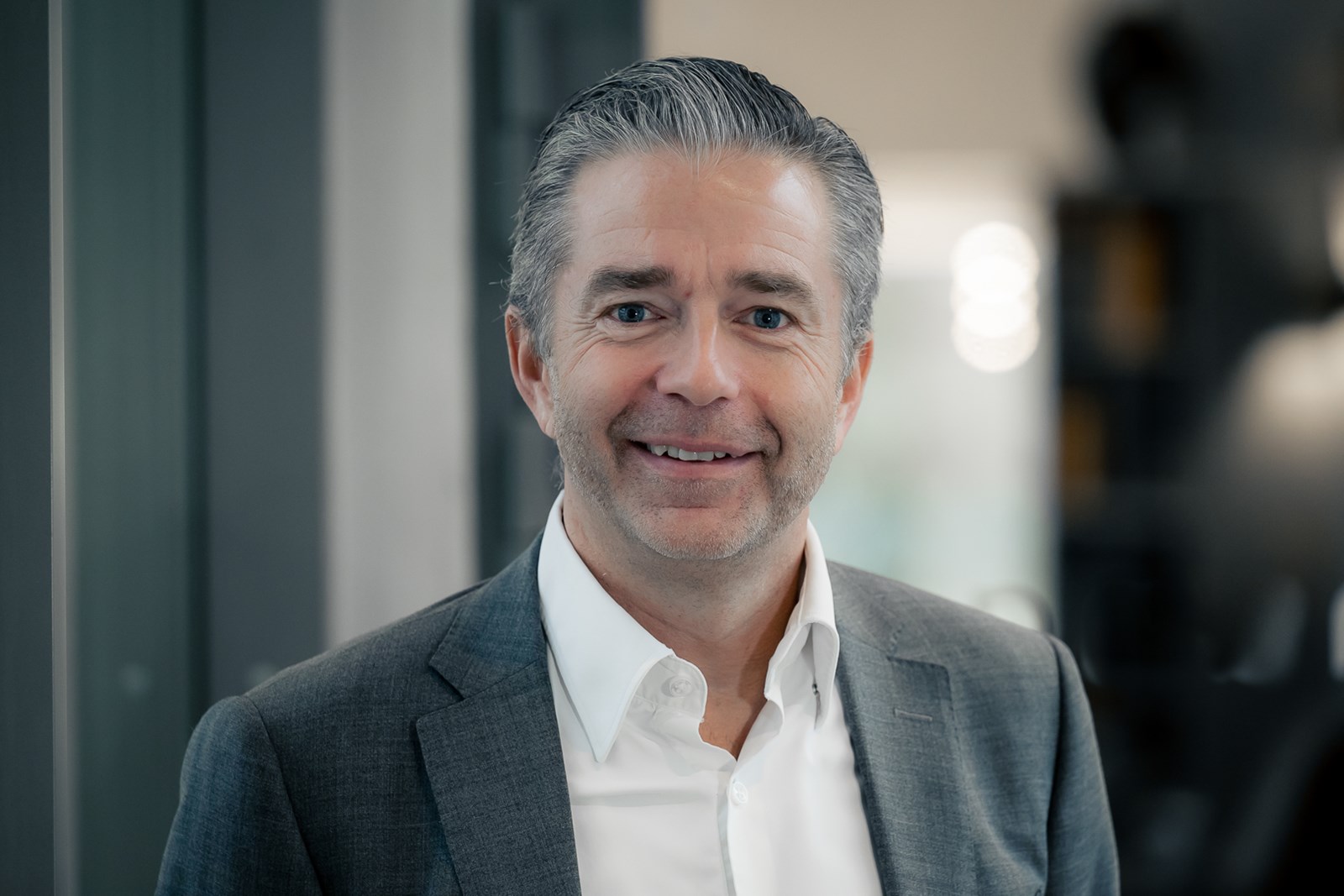WITH A FORECAST, THE STRATEGY BECOMES OPERATIONAL
Forecast, rolling forecast, business planning, market plan, estimate, forecast – loved ones have many names. Today, the forecast with increasingly shorter intervals is used as a databased ground for decision making in day-to-day management. According to partner in exacto, Peter Nørvig, it is an expression of a desire to be able to concretize and realize the strategic goals.
When strategic guidelines are determined, they define which goals and ambitions the company wants to work on achieving in the long term. The strategy is based on an analysis and assessment of which way the market is expected to develop and how the company can best position itself to achieve various growth targets.
However, companies are increasingly calling for tools to supplement the strategy with short-term operational plans that do not only use an overall business plan or the budget as a starting point, but also include short-term and operational simulations with consequence calculations on the way to the set growth targets.
Action orientation
"The budget is typically a good mix of strategic plans, known factors and ambitions for the coming period. It is the companies' access to make "checks and balances" with the necessary inputs to manage responsibly and without risk of excesses or losses. But what we observe is that companies want more than that and want to be able to act faster and more purposefully. What we see is that many use a forecast in their daily management. This, I have no doubt, is because they want to deliver on both the long-term and the very short-term operational goals."
Peter Nørvig assesses that the growing tendency to combine the traditional calendar-year-based budget with the forecast is an expression of a growing demand to become more action-oriented:
"A strategy rarely has a built-in operational obligation. These are objectives that typically have a 3, 5 or 7-year perspective, and thus it is not something that you are forced to make current adjustments to the business in order to realize. It is based on projections and assumptions that are not necessarily substantiated in reality, or something one with certainty know will occur. Like the Herostratic crack on the hockey stick, where you factor in a presumption that something that currently is unknown, will ultimately provide access to realize the ambitions."
However, Peter Nørvig emphasizes that the long-term strategy is absolutely essential:
"The strategy is the space where companies can work visionarily in a larger, perhaps even a global perspective based on mega-trends for product development, behaviour in the market, and geopolitical currents. This is where innovation and new thinking takes place and is thus essential for the company's continued competitiveness. Without this, the companies would come to a standstill."
The operational strategy
But there is a growing demand for tools that can supplement the strategic goals and, according to Peter Nørvig, make them more operational:
"It is certainly an expression that the companies want to make a greater commitment to the ambitions and that they want to see results. Perhaps wise from injury with a history where - after 3, 5 or 7 years - you must admit that you did not achieve the desired growth or innovative power. Therefore, they want to add realism to the equation and uncover which drivers are decisive, and thus whether they have the necessary preconditions in place.
This requires them to be able to create simulations where they can uncover the importance of specific drivers through analysis and thus gain the desired insight about whether they, for example, will lack capacity. Such simulations can give an indication of whether the set goals are realistic with the current setup, or investments or restructurings are to be made - and also with what time horizon to make them.
A more frequent forecast process also means that they can follow up on initiatives to see if they have had the desired effect or whether further adaptations are needed.
In this way, a long-term strategy suddenly becomes very operational in a current perspective, where you can go from having overall benchmarks and ambitions to being able to make actual adjustments with the implementation of ongoing day-to-day initiatives and investments and constantly push the company in the direction that has been defined in the strategy", Peter Nørvig concludes.
Read more about rolling forecasts and data mining to ensure ROI.


